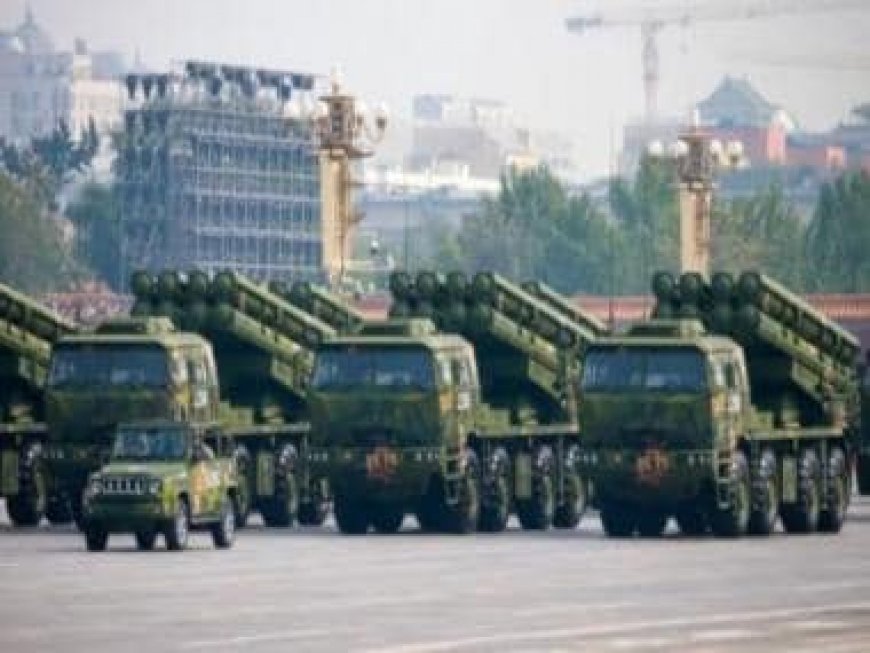Defective quality of China's arms put buyer nations in peril, export declined to 25 per cent
Defective quality of China's arms put buyer nations in peril, export declined to 25 per cent

China’s arms exports have experienced a significant decline in recent years, primarily attributed to issues related to poor quality and inconsistent performance, which have raised concerns among the countries purchasing these weapons.
A report by Directus reveals that over the past decade, China’s arms exports have decreased by almost 25 per cent. Moreover, China’s People’s Liberation Army (PLA) has grappled with the problem of subpar weaponry.
The Stockholm International Peace Research Institute (SIPRI) highlights that between 2016 and 2020, China’s arms shipments saw a decline of 7.8 per cent when compared to the preceding five-year period. As a result, its global market share has shrunk from 5.6 per cent to 5.2 per cent.
Initially, Chinese weaponry gained popularity due to its cost-effectiveness compared to offerings from competitors. However, the demand for these arms began to dwindle as they failed to meet performance expectations.
Cindy Zheng, a researcher at the RAND Corporation think tank, pointed out, “China attracts customers for its military equipment with competitive pricing and financing, but there are hidden costs – especially when the equipment malfunctions.”
“A lack of technological compatibility with the Chinese military equipment can prove particularly expensive,” the researcher added, according to Directus.
China supplies weapons to over 53 nations, most of which are not markets for big arms suppliers like the United States or France. 34 Pakistan, Myanmar, Bangladesh, and African and Middle Eastern countries are major importers of Chinese armaments.
According to Alexander Vuving, professor at the Daniel K Inouye Asia-Pacific Centre for Security Studies, the topic of problems in Chinese military gear has been emphasised.
“China-made weapons are not just technologically inferior, they also remain untested on the battlefield,” he said. Myanmar expressed concern about the low accuracy of the radar on the Chinese jets it purchased. Due to technical issues, Myanmar grounded the majority of the Chinese jets. Myanmar paid a high price for these Chinese-made jets, but they were still in need of repair four years after they were delivered, Directus reported.
Due to maintenance issues, Nigeria was compelled to send seven of nine Chengdu F-7 fighters to China. Pakistan, China’s all-weather ally, also encountered problems with Chinese-made navy warships. The F-22P frigates had various technical issues, including engine degradation, faulty sensors, and the missile system’s inability to lock on the target, the Directus reported.
Collin Koh, a maritime security analyst based in Singapore, stated that importer countries are concerned about the absence of combat testing for most Chinese hardware.
Another difficulty is political tension with China in the case of integration with non-Chinese systems.
“Many countries acquiring Chinese military equipment for the first time are finding that certification standards are lower than in the West, where there are standards of excellence shared by NATO countries, which endorse the certification of technologies,” said Andrei Serbin, a geopolitical intelligence expert and director of the Argentine think tank CRIES. China does not have a system that even comes close.
With inputs from ANI.
What's Your Reaction?



























































